By Micah Rains
Photos by author except where noted
Everything we do in the fire service matters. No detail of the job is insignificant, but, that said, questions remain: What matters most? Who matters the most? Why do these things matter? The answers dictate the general trajectory of your career in the fire service. What matters most in the fire service can be subjective, based on various points of view and personal experiences. However, there are five pillars that must be addressed with conviction, regardless of what rank, lens, tenure, or experience an individual has in the fire service. Those five pillars are intentional leadership, fireground tactics, firehouse culture, functional fitness, and dedicated training.
- Subconscious Impact: Leading Without Thought and Its Ramifications
- Mission-Driven Culture: A Path to Success
- Tactical Considerations for Engine Company Officers
- No Gym? No Problem? Functional Fitness in the Firehouse
Consistent training to build preparedness and improvement has always been an important value of mine. That training paid off when it was put into action on one of the most challenging calls in my 16-year career. The tones dropped for a vehicle fire around 10:30 p.m. one night. While responding, the call was upgraded to a motor vehicle accident with entrapment and heavy fire involvement. Upon arrival, this horrific reality was confirmed. The windshield survey suggested this would be nothing more than a body recovery, but the body language of individuals on scene suggested otherwise. We sprinted to the vehicle and discovered one individual entrapped and completely engulfed in flames. To our disbelief, the individual was pleading for help from the heavily involved vehicle. It took just 28 seconds between setting the parking brake of the engine company and getting water on the fire. In three minutes, the parking brake of the heavy rescue was set and the patient was extricated. In the moment, it felt like an eternity. We were able to confirm those times by law enforcement body camera footage later. More than 90% of the patient’s body was burned. Afterwards, as I began to process the call over the next few weeks, I realized what matters. It matters how fast we get to the apparatus and out of the firehouse. It matters how many times we stretch lines, force doors, and mask up. It matters that we believe that every response could be a career call. It all mattered to that patient on that horrific night.
Intentional Leadership
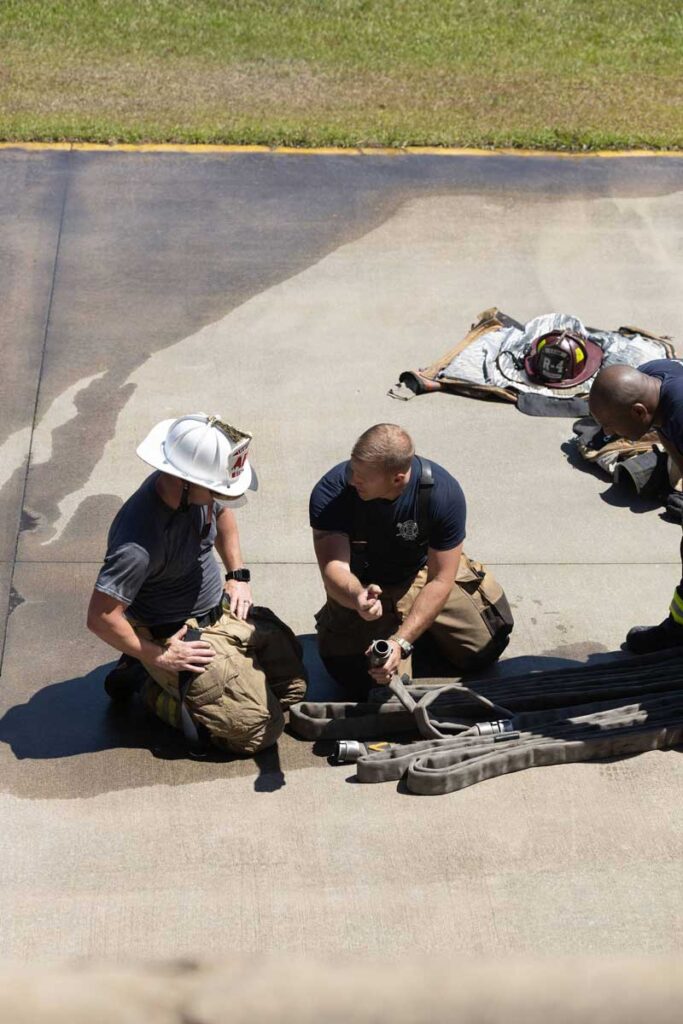
Intentional leadership, the first pillar mentioned, sets the foundation for everything else. From the bay floor to the battalion car, leadership is the foundation that an organization is built on. Leadership is often confused with management, and this has caused a great deal of injury to the fire service over the years. Leadership isn’t created in an office, built around checking timecards, or recognized by quoting policies. Although these might be necessary administrative duties of a manager, they are not what individuals value in leadership. Leadership is investing in your people. It is ensuring they have what they need so they can do their job. It is supporting your people so that they have the drive to uphold policy. It is capitalizing on their strengths and developing their weaknesses.
Knowing your people is one of the first steps of intentional leadership. It is important to know the people on your rig and in your firehouse. Knowing them goes well beyond discussions at the coffee table. It extends into caring about their personal lives. I keep a book with the birthdays and department anniversary dates of everyone assigned to my company. This is a tradition for me because of a former company officer that left an impression on me years ago. Nothing says leadership cares more than walking in to start a shift and having that officer say: “Happy three years on the job. Best job you will ever have!” When you get to know your people, you will also discover their strengths and weaknesses. This allows a leader to mentor them in their weak areas and allow them to contribute with their strengths. Shouldn’t we want to know the people that we are willing to risk our lives with?
The great dilemma of the fire service today is creating a succession plan. With low staffing at career departments and lack of interest in volunteer departments, a crisis has emerged that endangers the fire service of tomorrow. For any fire chief, commission board, company officer, or recruiter, the answer is simple. If you create an environment of good leadership, individuals will stay, and others will want to be part of it. Mentorship is a lost art in today’s fire service. If more time is spent in developing people from the top down and bottom up, an organization can thrive. However, poor leadership creates poor employees, which in turn creates poor results on the fireground and around the station.
Fireground Tactics
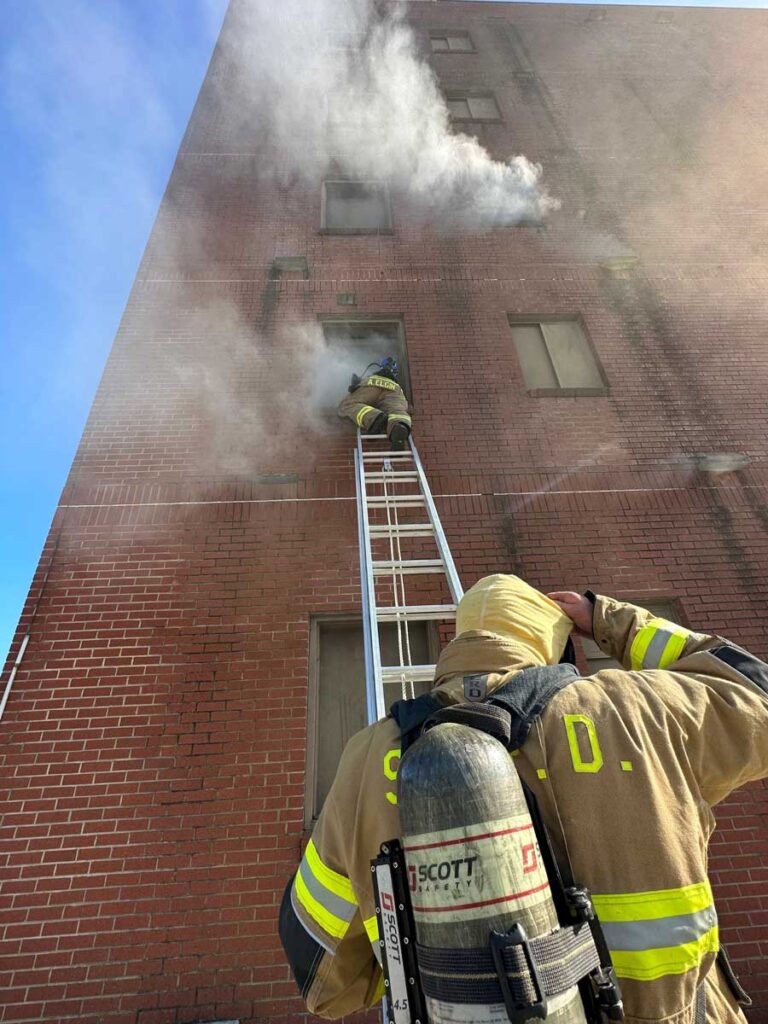
Firefighting tactics could be elaborated in entire books by themselves, but the driving focus any fireground tactic is singular and succinct, and should scream: “Them first!” There has been a shameful shift in fire department culture that values the wellbeing of the firefighter over that of the citizen. Analysts have been allowed to play games with numbers and statistics to justify no interior entry, the need for reserved aggression on the fireground, or searching only with a hoseline. The common ideology is that the firefighter’s safety comes first, the firefighter’s partner’s comes second, with civilian safety as the last priority. I challenge anyone to stand in front of a news camera and declare to the taxpayers that their emergency may be dire, but the safety of those responding will be the priority. There is a difference between being reckless and being aggressive on the fireground, but it is a dangerous slope to navigate when the message from day one of training is that we are number one. This is a direct contradiction of the oath that we take to serve those who call us in crisis and believe we will make them our priority when we respond to their emergency.
Fireground tactics must always been advancing, and this matters. Water on the fire quickly and effectively solves most of the problems. Quickly and effectively only happens if we have trained to be professionals at the craft of deploying lines. The primary search must be thorough, quick, and intentional. This valuable tactic only happens when individuals expect to find victims and are willing to search any space that can be deemed tenable. Command must be willing to trust, lead, and support the companies operating on the fireground. Nothing will destroy fireground confidence more than indecisiveness. The greatest decision that can be made before responding is to move forward with the intention of taking great risk to make the citizens our top priority.
Firehouse Culture
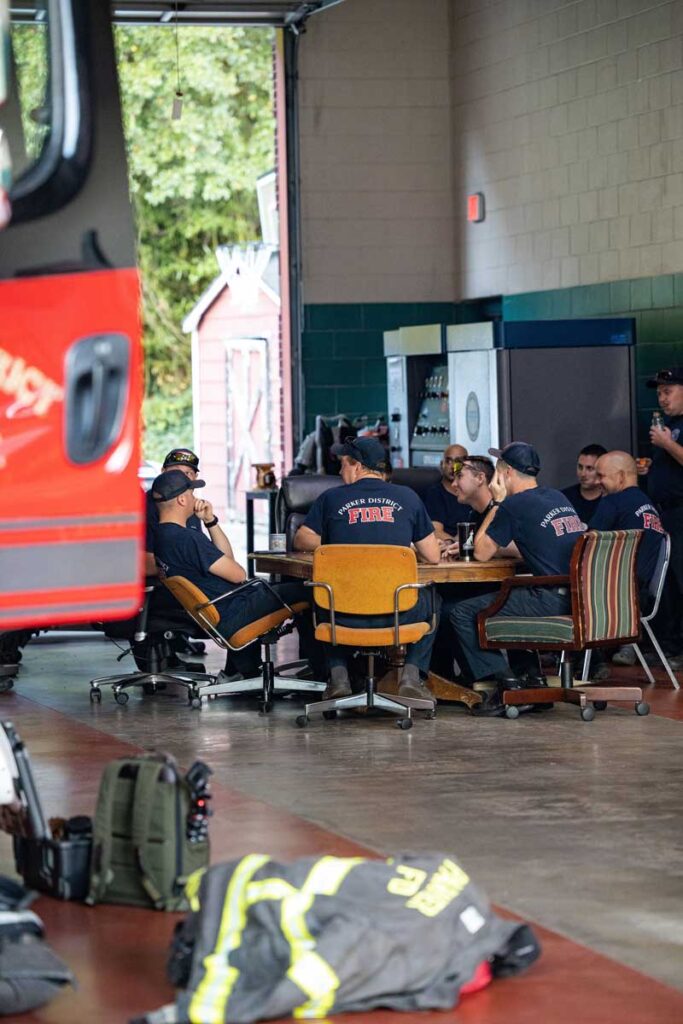
The roots of the fire service are buried deep in the soil of tradition and excellence. The former and current legends in this great profession have left a legacy that has made countless children point to a fire truck with excitement and dream that one day they might have the opportunity to be called a firefighter. Where does all of this begin? It begins with a firehouse culture that is healthy, full of pride, and owned by those who work in it. Culture is the responsibility of everyone in an organization, from the top to the bottom. However, when the culture seems dry—whether from morale-breaking decisions from the top or undermining from disgruntled individuals at the bottom—one fact remains. It is still the sole responsibility of every individual to make sure they are keeping the culture alive. Ultimately, everyone can control their attitude in terms of how they walk through the door, step on the rig, and respond to calls.
Firehouse culture is where recruits can learn to accomplish the seemingly small tasks that translates into trust on the fireground. It is where a senior firefighter can sit on a couch in the bay and mentor the crew with experience that can never be replicated. Firehouse culture is where pride is built on having the company flag hung in the bay, the riding board with the day’s assignments, or the station alert box from the 1950s proudly displayed on the wall. To create ownership on the fireground there must first be ownership in the firehouse. The culture built or allowed in the house is what keeps firefighters feeling like firefighters. When the bell isn’t going off or the workload is getting heavy, it’s necessary to maintain a culture in the firehouse that fertilizes the mission of the fire service. This means valuing people first, a commitment to service, pride, ownership, and fostering a legacy for the next generation.
Functional Fitness
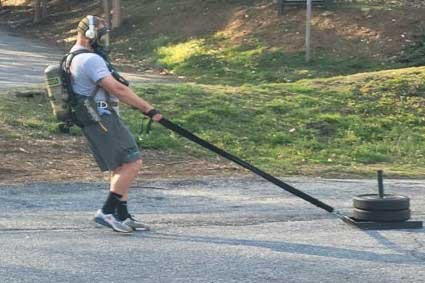
This is a topic that organizations may overlook. A physically demanding job requires a consistent level of fitness. The lack of dedication to fitness and the declining health of many firefighters across the nation is an embarrassment to the fire service. We are expected to perform at a high level when the bell goes off and the stress that is placed on our bodies can only be addressed with a dedication to fitness. Maintaining a level of fitness benefits firefighter safety, but more importantly allows us to perform on the fire scene at a higher level. Making fitness a priority sends the message that we are making those who need us a priority. Sitting in recliners and never stepping in the gym sends the message that the only priority is the individual.
Developing functional fitness in the fire service can be a challenge because it means a standard is set that the majority of firefighters are not meeting. It does not mean that everyone must do CrossFit, run a half-marathon, or compete in weightlifting competitions. What it means is that everyone should find a fitness activity that they enjoy and train in that activity on and off shift. It might be lifting weights and then walking laps around the station. For others, it might be running on a treadmill or doing bodyweight workout routines. However, refusing to participate in some sort of fitness routine is unprofessional and inexcusable. One of the best ways we can prepare for the fireground is by conducting physical activity while in gear. Yes, this means you may get hot, and yes, there must be a level of readiness to respond. If an individual cannot respond to the tones after engaging in light activity in gear or out of gear, this might not be the best profession for them. Why does functional fitness matter? Because you, your family, your fellow firefighters, and the citizens matter.
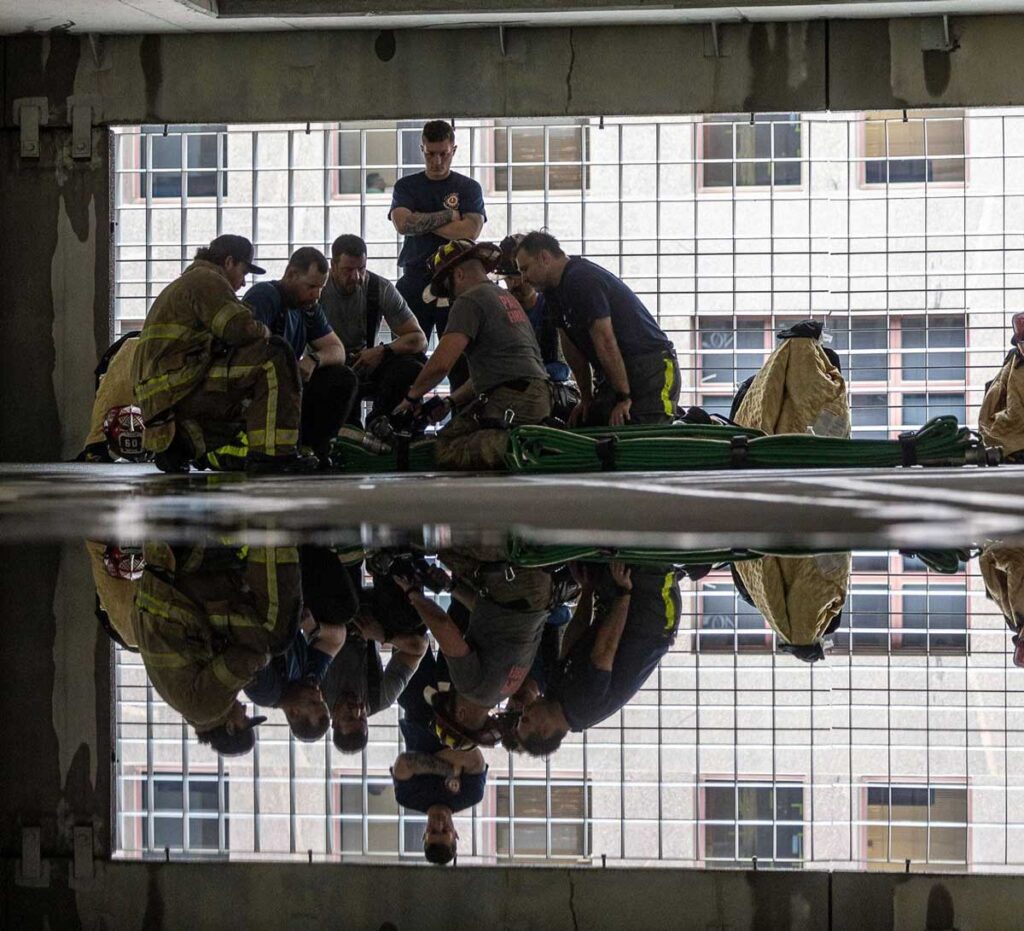
Training
A dedication to training is among the most important of the pillars listed above. Every success on scene is built on training. An unlimited budget, sufficient manpower, or good intentions mean nothing unless there is a solid foundation of dedicated training. It is often said that the fire service does not fight as much fire as it once did. This may be true in some areas, but realistic fireground training must serve as a precursor to actual emergencies. Relying on entry-level certifications is a trend that some use as justification for an individual being prepared to take on the job. Any certification is a license to take the knowledge you have learned and work toward becoming an expert.
When it comes to training, most professions require some level of consistency in training to remain certified. Law enforcement must meet in-service hours to remain certified or to remain qualified with firearms. Emergency medical services must maintain continuing education hours to recertify every two years. Firefighting is one of the few professions that does not have a certification standard that requires upkeep. Instead, we have the freedom to train with purpose so that we can perform with excellence. A lack of training in an organization or within a company is an abuse of the faith that the public places in us. The art of firefighting is ever evolving and its top practitioners are those who are lifelong students of the game. Take a few minutes on a fire alarm to stretch your hoseline and get a realistic rep in. Use the local medical call as an opportunity to familiarize yourself with the building, response route, or hydrant location. A slow day at the station could be a great opportunity to conduct impromptu mask-up drills in the bay. The title of professional should be reserved only for those who put in the work to become masters of their craft.
It matters. Everything we do matters. These pillars are not an exhaustive list but are some of the most foundational values that the fire service must uphold. The eyes of recruit firefighters are watching to see whether the things they drilled on incessantly at the academy matter. A 911 call is being placed right now; a life hangs in the balance, and that matters. Somewhere on the tailboard of a fire apparatus is a veteran at the end of their career wondering if it still matters.
Yes, it all matters. The biggest mistake we can make as a fire service is putting our attention elsewhere. It is people that really matter. Leadership and firehouse culture are crucial because the people in the firehouse matter. Fitness, training, and tactics matter because the people outside of the firehouse matter. How does the fire service prove it matters? With a forward motion in leadership, a firehouse culture steeped in tradition, fireground tactics that place victims first, a fitness level that says you care, and a training program that passes on the lessons from yesterday to the next generation.
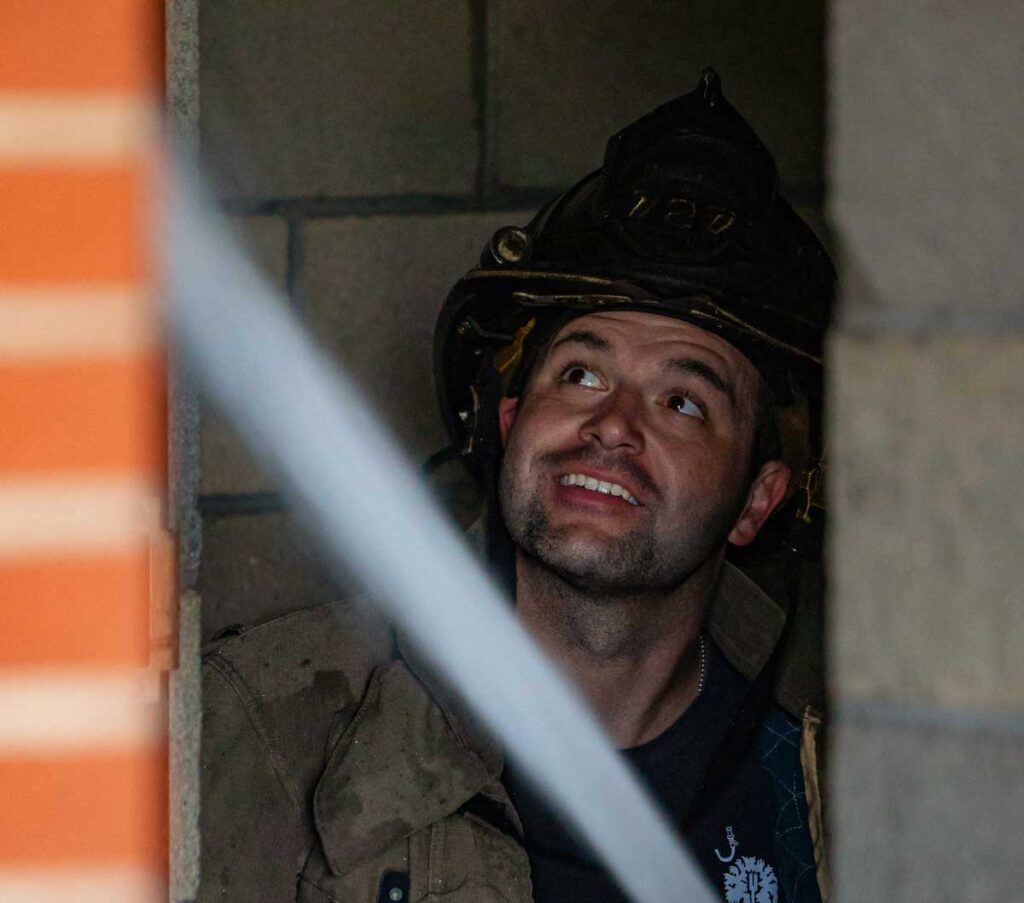
Micah Rains is a 16-year veteran of the fire service and is currently assigned as a lieutenant on Rescue Company 1 at Greenville City (SC) Fire Department. He works as a training officer in his department, is a member of the SC Task Force 1 USAR team, and operates Palmetto Fire Tactics LLC. He has taught at a number of conferences, including the Metro Atlanta Fire Conference, South Carolina Fire Rescue, Cleveland Fire Weekend, and the Company Officer Academy.

